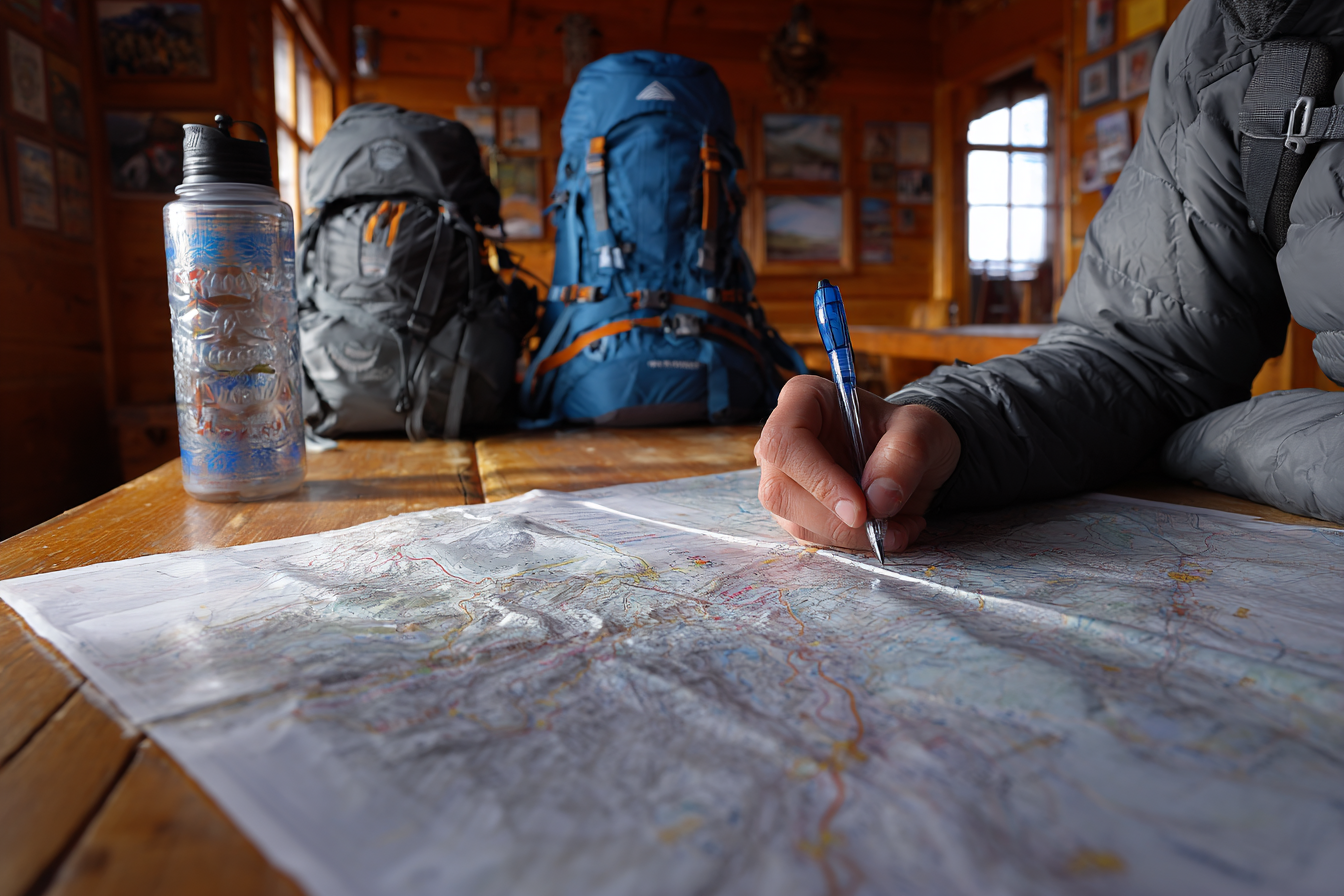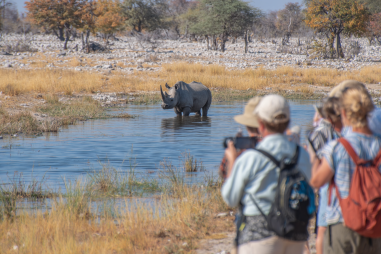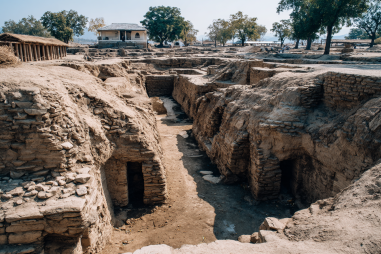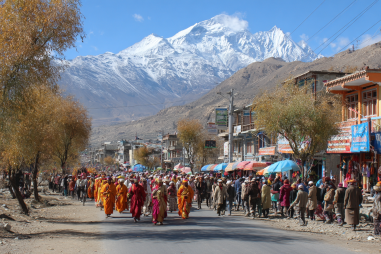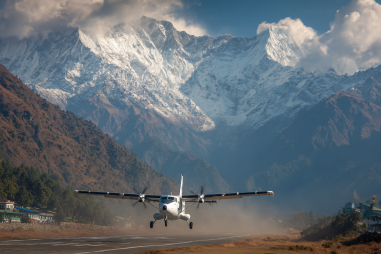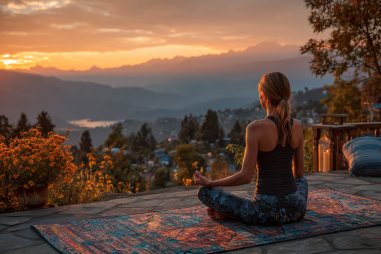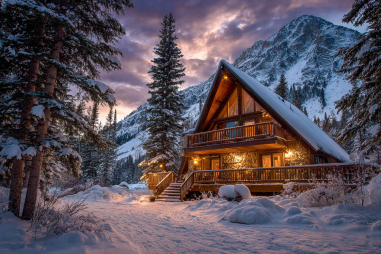Embarking on the Annapurna Base Camp (ABC) trek is a thrilling and awe-inspiring adventure, offering incredible views of the Himalayas and a rich cultural experience. However, like any significant journey, budgeting carefully is crucial to ensure a seamless trip without financial surprises. Understanding the various expenses involved—from permits and transport to accommodation and food—helps you prepare financially and focus on enjoying your trek. In this guide, we’ll break down all the expected costs and offer tips to help you manage your budget effectively on the Annapurna Base Camp trek.
Breakdown of Trekking Permits and Fees
Before you start your trek, securing the necessary permits is mandatory. The two primary permits for the Annapurna Base Camp trek are the Annapurna Conservation Area Permit (ACAP) and the Trekkers’ Information Management System (TIMS) card.
- ACAP Permit: This permit costs around NPR 3,000 (approximately USD 25-27) for foreign trekkers and grants you access to the Annapurna Conservation Area, protecting the region’s environment and cultural sites.
- TIMS Card: The TIMS card is required for trekking in the Annapurna region and costs about NPR 2,000 (USD 17-20). If trekking with a guide, the TIMS fee is reduced.
Both permits can be obtained in Kathmandu or Pokhara before your trek begins or at the park entrance. Always carry them with you while trekking, as park rangers sometimes conduct permit checks.
Transportation Expenses to and from the Trailhead
Getting to the starting point of the Annapurna Base Camp trek involves a couple of transportation steps. Most trekkers begin their journey from Pokhara, a scenic city about 200 km west of Kathmandu.
- Kathmandu to Pokhara: You can opt for a tourist bus (~NPR 600-800 / USD 5-7) for a 6-8 hour journey or a quicker but more expensive flight, which costs around NPR 4,000-7,000 (USD 35-60).
- Pokhara to Nayapul: Nayapul is the common trailhead for the trek, located around 45 km from Pokhara. Local buses or taxis are available. A bus ticket costs about NPR 150-250 (USD 1.50-2.50), while a taxi might charge NPR 1,500-2,500 (USD 13-22).
At the end of your trek, you’ll typically retrace your route to return to Pokhara. Keep in mind possible fluctuations in transport costs based on season and negotiation skills.
Accommodation Costs Along the Route
The Annapurna Base Camp trek features a range of teahouses and lodges where trekkers rest each night. Prices vary depending on the elevation, season, and the type of room you choose.
- Lower elevations (Nayapul, Tikhedhunga): Rooms can cost NPR 300-500 (USD 2.50-5) per night.
- Mid-route (Ghorepani, Chomrong): Rates typically rise to NPR 400-700 (USD 3.50-6).
- Higher elevations (Deurali, ABC): Accommodation becomes more expensive, often NPR 600-1,200 (USD 5-10) due to supply challenges.
Most rooms are basic, offering shared bathrooms or squat toilets, and some charge extra for blankets or hot showers (NPR 300-500 / USD 3-5). Booking ahead is generally unnecessary except in peak season (October-November and March-April).
Food and Drink Price Ranges
Food on the trail is a crucial part of the experience—and the costs are slightly elevated compared to the cities due to transportation challenges.
- Meals: You can expect to pay NPR 300-800 (USD 3-7) for basic meals like dal bhat (rice, lentils, vegetables), noodles, or momos.
- Snacks & Drinks: Bottled water costs around NPR 100-150 (USD 1-1.50). Tea and coffee are typically NPR 100-200 (USD 1-2) per cup.
- Alcohol: Local beers like Everest or Nepal Ice cost NPR 300-400 (USD 3-4), while imported beers and spirits are pricier.
It’s advisable to drink boiled water or use water purification tablets to avoid buying excessive bottled water, which adds up quickly.
Guide and Porter Hire Costs
While it’s possible to trek independently, many choose to hire a guide or porter to support navigation, local insights, and carrying heavy gear.
- Guide: Hiring a certified guide typically costs between NPR 2,500 and 3,500 per day (USD 20-30), including meals and accommodation.
- Porter: A porter usually charges NPR 1,500 to 2,500 per day (USD 12-22), plus food and lodging.
Hiring a guide greatly enriches your experience, while porters help reduce physical strain. Tips for guides and porters of around 10-15% at the trek’s end are customary and should be factored into your budget.
Gear and Equipment Expenses
Proper gear is critical for a safe and comfortable trek. Depending on what you already own, you might need to invest in or rent equipment.
- Essential trekking gear: Items like sturdy hiking boots, a down jacket, waterproof layers, and sleeping bags are necessary.
- Rental options: You can rent gear in Pokhara for reasonable prices—sleeping bags might be NPR 300-600 per day (USD 3-5), trekking poles NPR 100-200 (USD 1-2).
- Purchasing gear: If you plan to trek multiple times or in different regions, investing in quality gear can be cost-effective but might be a higher upfront expense (USD 200-500+).
Be sure to pack appropriately to avoid last-minute purchases at higher prices along the trail.
Miscellaneous Costs (Souvenirs, Tips, Internet)
There are a few other expenses to keep in mind during your trek:
- Souvenirs and gifts: Handicrafts, local tea, or souvenirs usually cost NPR 500-1,500 (USD 5-13) depending on what you buy.
- Tips: As mentioned, guides and porters appreciate tips. Budget around NPR 1,500-3,000 (USD 13-27) total per person.
- Internet and communication: Wi-Fi in teahouses often costs NPR 300-500 (USD 3-5) per hour. You may buy a local SIM card with data for around NPR 1,000 (USD 8-10).
Budget Tips and Ways to Save Money
Maximize your budget without compromising your experience by following these tips:
- Trek off-season: Avoid peak months to save on accommodation and transport.
- Eat dal bhat: This traditional meal is hearty and affordable.
- Carry water purification: Save money and reduce plastic waste by treating water instead of buying bottled.
- Share porter costs: Traveling with a group and sharing porter or guide fees cuts expenses.
- Negotiate transport fares: Always ask for prices upfront and compare options for buses and taxis.
- Book flights early: If flying between Kathmandu and Pokhara, early booking offers cheaper fares.
Sample Daily and Overall Budget Plans
Here’s an example to help you visualize typical daily and total costs on the Annapurna Base Camp trek (in USD):
- Daily expenses:
- Accommodation: $5-10
- Food & drink: $8-15
- Permits per day (amortized): ~$3
- Guide/porter (shared): $10-20
- Miscellaneous: $3-5
- Average daily total: $29 – $53
- Overall 10-12 day trek budget: $300 – $600 excluding international airfare
Your actual costs may vary depending on your trek style, hired services, and personal choices.
Keeping Your Annapurna Base Camp Trek Costs in Check
With a clear understanding of where your money will go, budgeting for the Annapurna Base Camp trek becomes straightforward and manageable. From securing permits and planning transport to choosing accommodations and meals, each component plays a role in your overall expenditure. Remember that investing in a guide not only eases navigation but also enriches your experience, while thoughtful planning on gear and miscellaneous items prevents unexpected costs. By implementing money-saving strategies and carefully estimating your daily expenses, you can enjoy the breathtaking Himalayan scenery and cultural richness of the Annapurna region without financial stress. Ready your backpack, plan wisely, and get set for an unforgettable trek!

